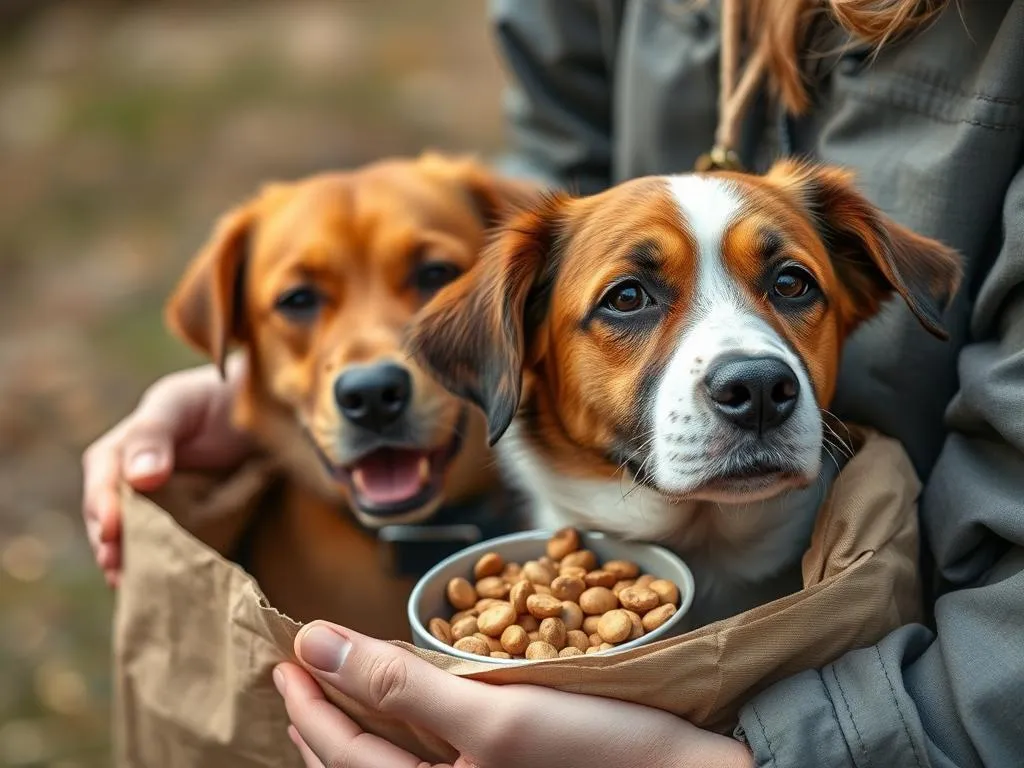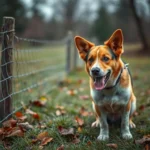
Introduction
In a world where countless pets are in need, organizing a dog food drive for a rescue or shelter can make a significant difference. These events not only help provide essential food supplies to local rescues but also foster community spirit and awareness about the challenges faced by homeless animals. This article serves as a comprehensive guide to help you understand the necessity of food drives and how to effectively plan and execute one that benefits your local animal shelter or rescue organization.
Understanding the Need
The Role of Rescues and Shelters
Animal rescues and shelters play a crucial role in the welfare of pets in need. They provide temporary homes for abandoned, abused, or neglected animals, offering them care and rehabilitation until they can be adopted. However, these organizations often operate on tight budgets, relying heavily on donations to cover their operational costs, including food, medical care, and shelter upkeep. A dog food drive for a rescue or shelter can substantially alleviate their financial burden and ensure that animals receive the nutrition they require.
Statistics on Pet Hunger and Shelters
Pet homelessness is a pressing issue that affects millions of animals every year. According to recent statistics, approximately 3.3 million dogs enter U.S. shelters annually, with many facing food scarcity. Community support, like food drives, can bridge the gap in resources. By raising awareness and collecting food donations, we can help combat these alarming numbers and support shelters in their mission to provide a safe haven for these animals.
Planning Your Dog Food Drive
Setting Goals
Before you embark on your mission to hold a dog food drive for a rescue or shelter, it’s vital to define the objectives of your event. Consider what you hope to achieve: Is it purely about collecting food, or do you also want to raise awareness about local shelters? Set realistic goals, such as collecting a specific quantity of food or reaching a certain number of donors. Additionally, establishing a timeline can help keep your efforts organized and focused.
Choosing a Location
Selecting the right location is critical for the success of your food drive. Consider venues that are accessible and have high foot traffic. Potential locations include:
- Local parks
- Community centers
- Pet stores
- Farmers’ markets
An easily recognizable spot will enhance visibility and encourage more people to participate in your dog food drive for a rescue or shelter.
Assembling a Team
A successful food drive requires a dedicated team. Identify the roles needed for your event, which may include:
- Organizers to oversee logistics
- Volunteers to help with collection and sorting
- Promoters to spread the word about the drive
Recruiting volunteers can be done through community boards, social media, and local pet-related businesses. Engaging community members not only eases the workload but also builds excitement around the event.
Partnering with Local Organizations
Finding the Right Rescue or Shelter
An essential part of conducting a dog food drive for a rescue or shelter is selecting a partner organization that aligns with your values and goals. Research local rescues and shelters to find one that resonates with your mission. Consider their needs and how your food drive can support them effectively. Establishing a relationship with the chosen shelter will enhance collaboration and ensure that your efforts align with their requirements.
Collaboration and Support
Working together with the shelter maximizes the impact of your food drive. Discuss ways to promote the partnership, such as featuring the shelter in your marketing materials or having representatives present at the event. This collaboration not only boosts visibility for both parties but also fosters a sense of community involvement in animal welfare.
Promotion and Awareness
Creating Marketing Materials
Creating eye-catching marketing materials is crucial for drawing attention to your food drive. Consider the following suggestions:
- Flyers: Design colorful and informative flyers that detail the event, including dates, locations, and the types of donations needed.
- Social Media Posts: Use platforms like Facebook and Instagram for regular updates and reminders.
- Press Releases: Draft a press release to share with local media outlets to broaden your reach.
Ensure your messaging is both compelling and clear, emphasizing an emotional appeal and a strong call to action.
Utilizing Social Media
Social media is an invaluable tool for promoting your dog food drive for a rescue or shelter. Create dedicated event pages on platforms like Facebook, and share engaging content, including photos of the animals you’re helping. Use relevant hashtags to extend your reach and encourage community engagement. Consider running contests or challenges that incentivize sharing, which can further amplify your message.
Engaging Local Media
Don’t underestimate the power of local media coverage. Reach out to newspapers, radio stations, and TV networks to share your story. Craft a compelling narrative that highlights the importance of the food drive and its potential impact on the community. Local media loves heartwarming stories, especially those that showcase community efforts to help animals in need.
Executing the Food Drive
Setting Up the Drive
When it’s time to execute your dog food drive for a rescue or shelter, logistics are key. Ensure you have clearly marked collection points, such as bins or tables, where donations can be easily deposited. Use signage that communicates what items are needed and how donations will help the shelter.
Engaging with Donors
Interacting with donors during the drive can enhance their experience and encourage more contributions. Consider best practices such as:
- Greeting each donor warmly
- Providing information about the shelter and its needs
- Offering small incentives, like raffle tickets or thank-you notes, to show appreciation for their contributions
Handling Donations
Once the donations start pouring in, it’s essential to keep everything organized. Create a system for sorting and storing the food, ensuring that it remains in good condition. This organization not only streamlines the process but also demonstrates accountability to both donors and the shelter. Keeping track of donations will also help when reporting the success of the drive.
Post-Drive Activities
Thanking Donors and Volunteers
After your dog food drive for a rescue or shelter concludes, it’s essential to express gratitude to those who contributed. Personalized messages, social media shout-outs, and thank-you notes can go a long way in making donors and volunteers feel appreciated. Acknowledging their contributions publicly reinforces community spirit and encourages future participation.
Reporting Results
Share the success of your food drive with the community and the shelter. Create a report detailing the amount of food collected and the positive impact it will have on the animals. This transparency not only builds trust but also showcases the collective effort of everyone involved. Consider sharing this information through social media updates, newsletters, or community meetings.
Planning Future Drives
Encouraging ongoing support is vital for the sustainability of rescues and shelters. Use your successful food drive as a springboard for future events. Consider planning seasonal or annual drives to maintain momentum and continue raising awareness about pet welfare in your community.
Conclusion
Community involvement is crucial in supporting rescues and shelters, and organizing a dog food drive for a rescue or shelter is a fantastic way to contribute. By following the steps outlined in this article, you can create a meaningful event that not only provides food for pets in need but also fosters a sense of community. Your efforts can have a lasting impact on local shelters and the animals they care for. Whether you’re a seasoned organizer or a first-time volunteer, every contribution matters in the collective fight for animal welfare.









